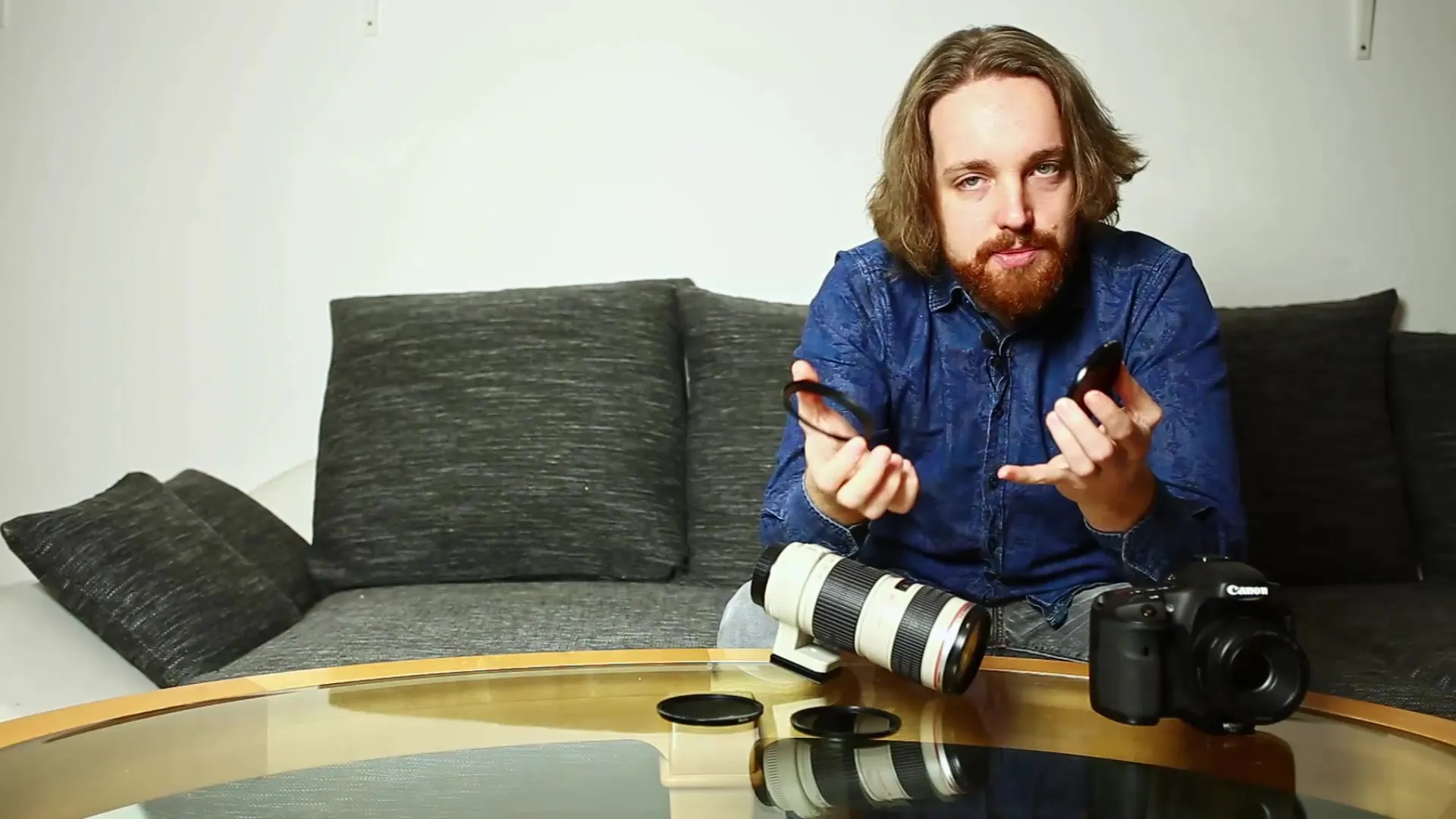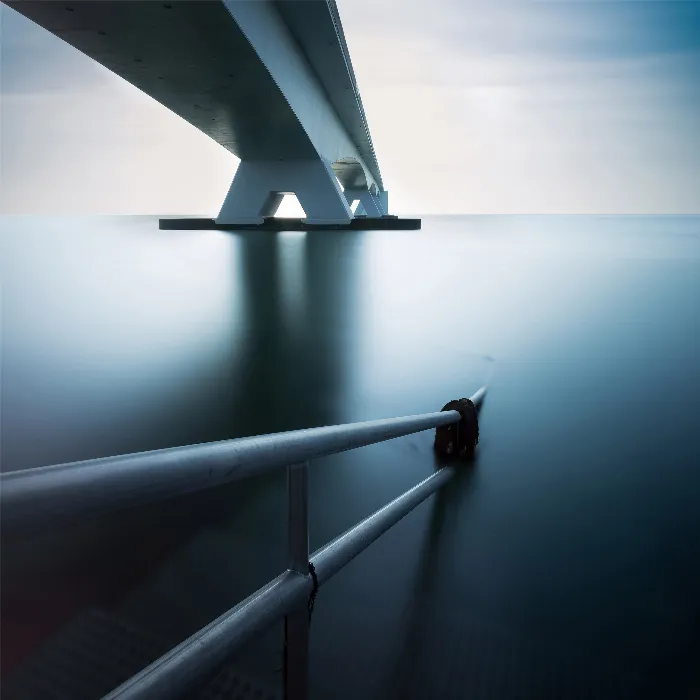In photography with long exposures, filters are often essential. In particular, neutral density filters create accents that modulate the light accordingly. In this guide, I focus on the most common types of mounting systems for filters, especially on the “screw-in filters”. You will receive valuable information about the use, sizes, and handling of these devices.
Key findings
- Screw-in filters are available in various diameters and must fit the lens.
- For different filter diameters, step-down rings are a practical solution.
- Multiple screw-in filters can be combined, expanding exposure possibilities.
Step-by-step guide
1. Choose the right filter
Before you can start photographing, you need to choose the right filter for your lens. Screw-in filters come in various sizes, and it's important that the diameter matches the thread of your lens. A common filter diameter is 77 mm. If you have this, make sure your lens also has a corresponding thread diameter.
2. Use of step-down rings
If you're using other lenses with different filter diameters, step-down rings are welcome helpers. For example, you can mount a 77 mm filter on a 67 mm lens using a step-down ring. These adapters are relatively inexpensive and allow you to use different lenses with the same filter without needing to buy new filters.

3. Find the right combination
If you want to combine your filters, you have the option to stack screw-in filters. For example, if you have a 1000x neutral density filter and a 64x neutral density filter, you can use them together, which significantly increases the effectiveness of your long exposure. Be aware that the values multiply, not add; this means you can achieve stronger neutral density effects.
4. Handling screw-in filters
Editing and handling screw-in filters can sometimes be challenging. Often, filters need to be screwed on and off, which can be time-consuming and frustrating, especially when focusing is required. Make sure you have enough finesse to be able to open and close the filters easily. You'll quickly gain this practical experience while photographing.
5. Comparison with slip-in filter systems
Although I personally prefer screw-in filters, there are also slip-in filter systems that may offer you more flexibility. With these systems, you do not have to continually screw the filters on and off, which may allow you a faster workflow. However, it should be noted that each method has its own advantages and disadvantages. Check what works best for you.
Summary - Long exposures from A to Z: Screw-in filters in detail
Working with screw-in filters is an effective way to optimize your long exposures. With the right knowledge about sizes, adapters, and combinations of filters, you can create fascinating effects. Make sure to choose the appropriate diameters to ensure optimal use of your filters.
Frequently asked questions
How do I choose the right screw-in filter?The screw-in filter should have the same diameter as the lens.
What are step-down rings and what are they used for?Step-down rings are adapters to use filters on lenses with different diameters.
Can I use multiple filters at the same time?Yes, multiple filters can be screwed on top of each other, which enhances the neutral density effect.
What to do if the filters hard to open?This requires finesse; you should also ensure the threads are clean.
Are slip-in filter systems better than screw-in filters?It depends on your individual work habits and needs. Both systems have advantages and disadvantages.


